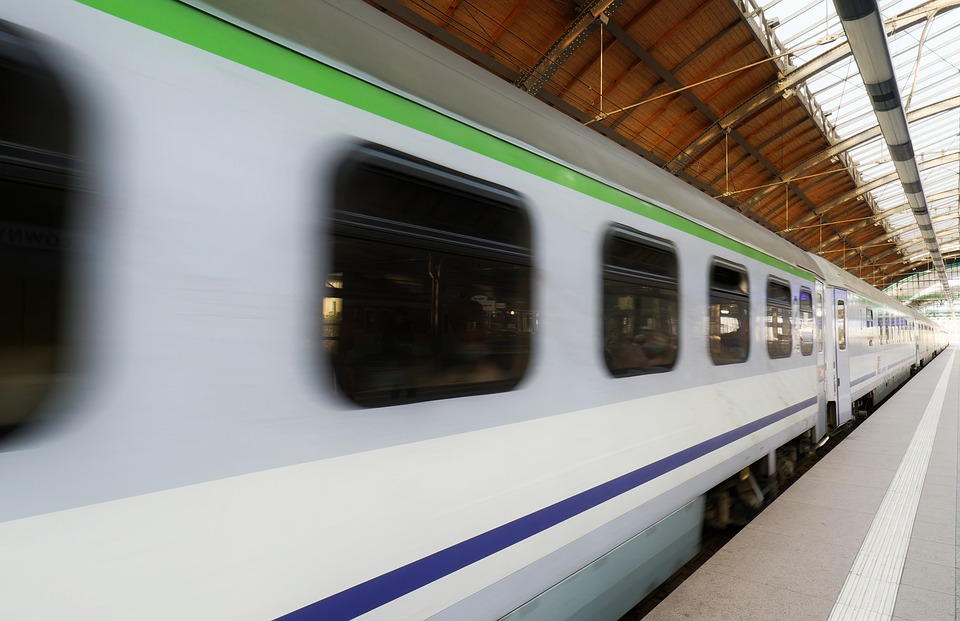Title: Enterohepatic Circulation: The Liver’s Remarkable Role in Reclaiming Bile Salts
The liver, the unsung celebrity of our organs, is not one to enjoy an easy job. Just like an industrious butcher who meticulously prepares, breaks down, and repurposes every part of the meat, our liver takes on a crucial task to keep cogs turning in the human body’s complex machinery – Enterohepatic Circulation, the recapture, and reuse of bile salts. It’s a tireless process that ensures maximum efficiency, conserving valuable resources like the butcher’s knife, without which, life as we know it would cease to exist.
In the heart of the liver, bile salts – the pancreatic fluid’s sterling sidekicks – are born. Crafted with precision, they venture forth. With a certain gusto, they mix with triglycerides and cholesterol, breaking down fats into smaller, manageable bits for our bodies to absorb. At the small intestine; their job done, these diligent bile salts need a well-deserved rest, and return to the liver to be reclaimed.
Yet, this isn’t an end but merely a pit stop. The liver’s role as the body’s butcher extends to reclaim these bile salts, refining them for usage in another round of fat digestion. The liver, hence, is not merely a simple organ, but a cycle’s diligent worker, enabling the re-entry of bile salts into this cyclic process.
Befitting an informative and curious approach to comprehending the marvel that is the liver’s role in enterohepatic circulation, here’s a visual summary crafted with the help of digital artists worldwide.
[IMAGE: The image displays a labeled diagram of the human circulatory system with a special focus on the liver and illustrating the cycle of bile salts from the liver, through digestion, into the intestine and back to the liver]
While the liver’s work remains invisible to us, for those who look closer, a curious world unveils itself, fraught with endless cycles of creation and recycling. Intrigued and inquisitive minds might have some questions on the subject. So, here’s your chance to chew over some FAQs about enterohepatic circulation:
- What happens if the liver stops reclaiming bile salts?
Answer: The inefficiency can result in an excess of bile salts in the intestines, causing diarrhea, malnutrition and gastrointestinal distress.
- Are there illnesses related to enterohepatic circulation?
Answer: Yes, conditions like Primary Biliary Cholangitis can interfere with it, causing issues with bile production and circulation.
- What role does diet have in this process?
Answer: Greasy, high-fat diets can increase the demand for bile in fat digestion, putting more pressure on the liver and overall enterohepatic circulation.
In the veiled intricacy of human biology, the liver’s role in enterohepatic circulation stands out quite prominently, drawing unwitting admiration and constant wonder from curious minds. In the grand performance of life, the liver – the diligent cellular butcher – plays a chorus essential to the main act, reminding us of the intricate elegance of our bodily functions.


